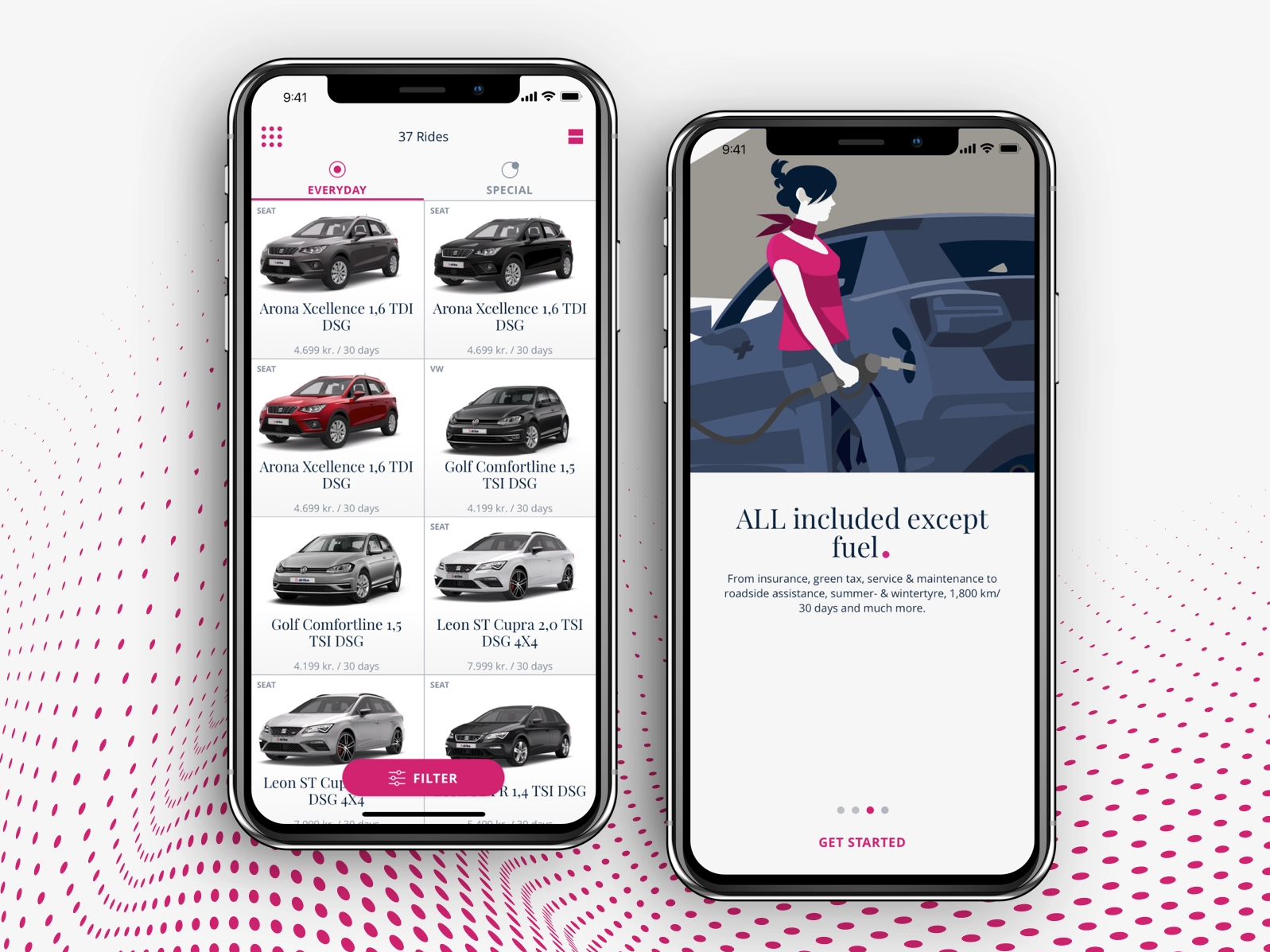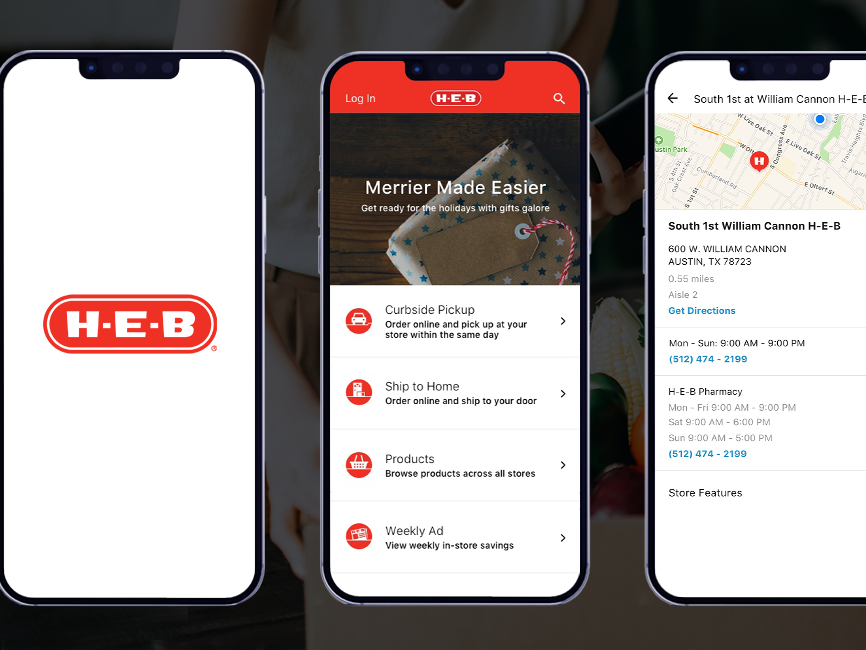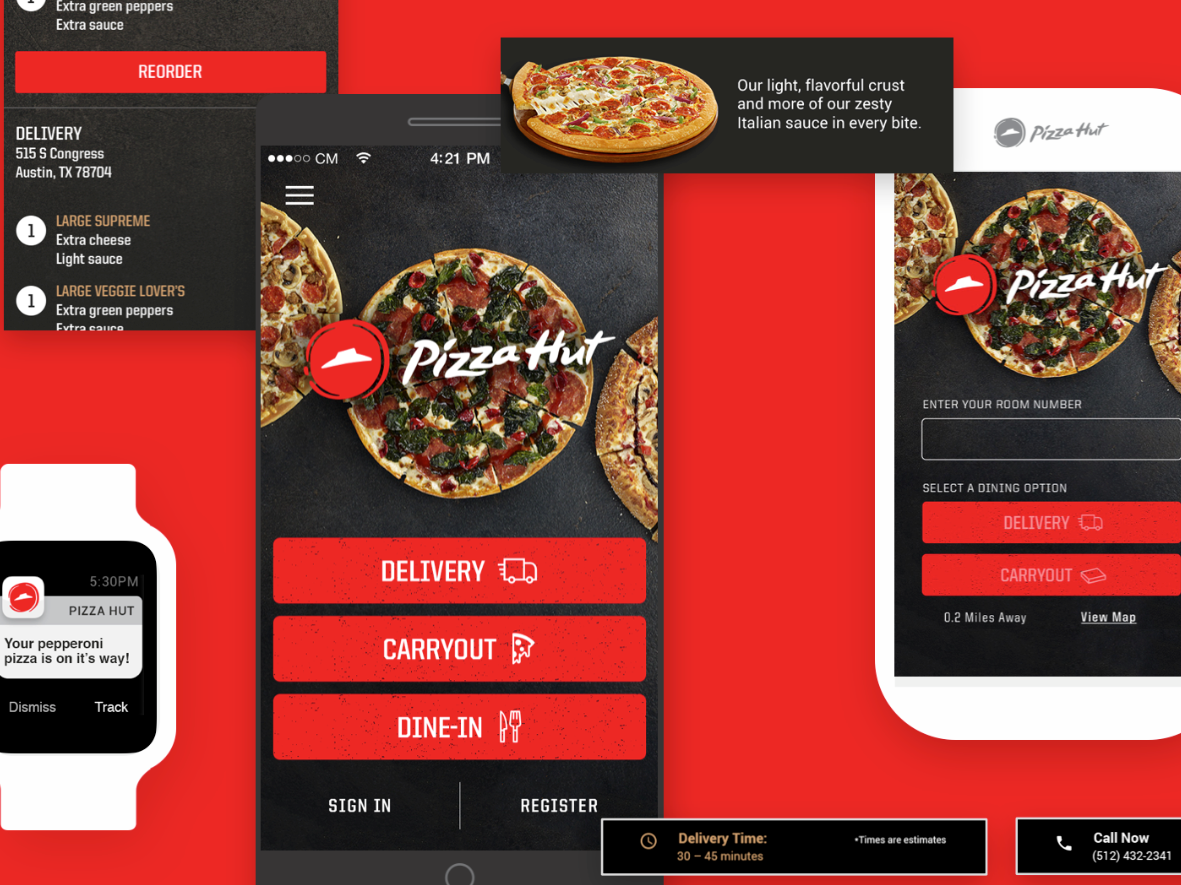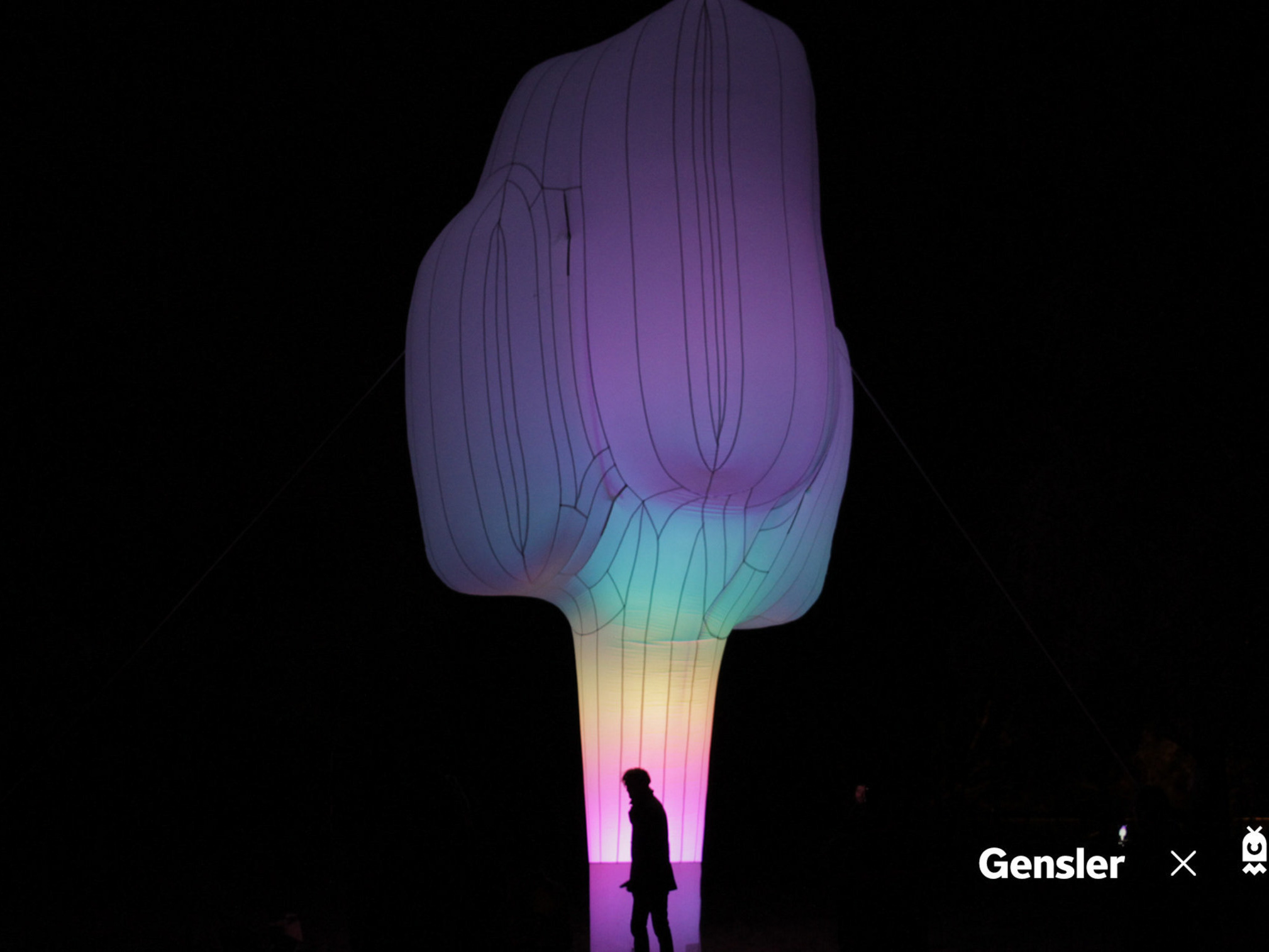About
Need to quickly determine the whereabouts of a customer’s package?
There’s an app for that.
Chaotic Moon collaborated with the Postal Service to introduce Single Package Look-Up (SPLU), a tool that simplifies the parcel location process by combining multiple tracking systems into one application.
Challenge
USPS Business Service Network (BSN) used up to 12 legacy USPS systems to find packages, many of them were never intended to function as such. Additionally, we had to make sure the solution we created was backward compatible with Microsoft Browsers up to Internet Explorer 11.
USPS also never worked in an agile development environment, so we additionally had to teach USPS how to do agile while keeping up with our own design and development.
Results
Taking these 12 systems, we created a single web application that BSN users are able to use to find packages with a tracking number or reference number, displaying information in a single screen on the package's tracking history, scan images along the way, Postal Worker route for the day, images of where it was left off (if available), and so much more.
Project Roles
1 Creative Director
1 Sr. Visual Designer
2 UX Designers
2 Sr. UX Designers
2 Content Strategist
2 Web Developers
3 QA Analysts
1 QA Engineer
1 Project Manager
1 Motion Designer
1 Sr. Visual Designer
2 UX Designers
2 Sr. UX Designers
2 Content Strategist
2 Web Developers
3 QA Analysts
1 QA Engineer
1 Project Manager
1 Motion Designer
Project Methodologies
Scrum, Minimum Loveable Product (MLP)
Project Management Tools
Jira, Confluence, Slack, Invisionapp
What USPS Says About SPLU Tool
“Package look-up can be a [time-consuming] and inefficient process,” said SPLU Program Manager Jude Mossman. “And as package volume continues to increase, so will package inquiries.”
The SPLU tool integrates six different tracking systems and pulls data from half a dozen more. Rather than logging into many different apps to try and find a parcel, an employee need only access SPLU to have all the information on the same screen.
This allows employees to provide customers with a quicker and more accurate picture of their package location, relayed to them in real-time.
SPLU is part of the organization’s efforts to innovate and deliver better customer experiences, two core business strategies.
Research shows the tool, which was introduced last fall, reduces the average time it takes to resolve a package inquiry by approximately 18 minutes.
“Scanning and awareness of packages are important to our customers,” said Mossman. “The creation of this tool, in an effort to expedite their inquiries, demonstrates that the Postal Service values the customer’s business.”
Business Customer Support and Service Manager Tom Hughes said the SPLU tool has “changed the game” for package inquiries.
“We were able to integrate up to 12 systems, bring them into one view for the representative, and visually tell the story of what may or may not have happened to a package,” he said.
The tool was developed for the USPS Business Service Network (BSN), but Mossman and Hughes knew the application would be useful to delivery units, retail associates, and anyone who performs single package look-up for customers.
Phase 1 - 12 Week Discovery
Stakeholder Interviews - Stakeholder Interviews allow us to gain clarity and alignment on your goals for this engagement and for your business. They ensure we hit the target. We talked to 15 stakeholders. Here’s what we heard.
User Interviews - Great design starts and ends with the user. Every project must begin with an understanding of actual user behavior and pain points to ensure features stay grounded in real human needs.
Pillars & Principles - After conducting stakeholder and user interviews, and articulating opportunities through strategic insights, we dove head first into understanding the ins and outs of the single package lookup process (intake > troubleshoot > track, monitor & follow up). This leads us to define design pillars and experience principles.
Phase 2 - 20 Weeks Development & Delivery
We did further user research after client approval to refine our assumptions and created a 20-week project timeline that has design working ahead of development to not block work. We also made sure that development was involved in the design process so that designs created were possible for development and also design in the development phases to ensure design integrity.
Kickoff Deck

Team Eagle Eye Phase 1 Team

Team Eagle Eye Phase 2 Team

Team Eagle Eye Working Session Fun

Shipping pinata for design research of project
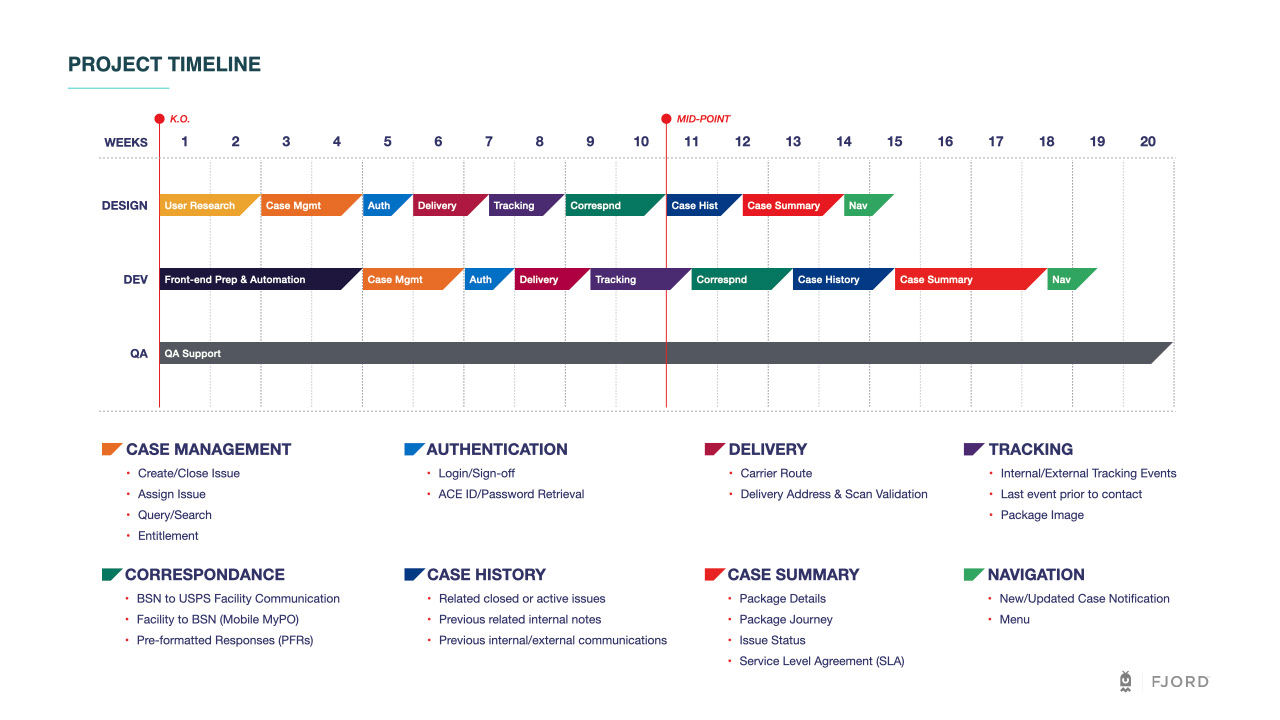
Phase II Project Timeline

Celebratory cake when the client signs off on the project

Phase II Celebration

